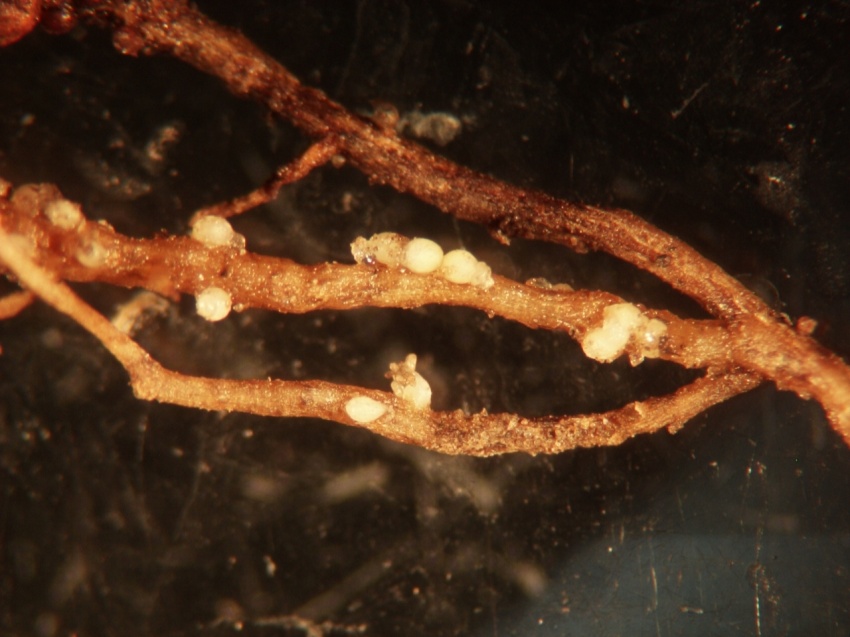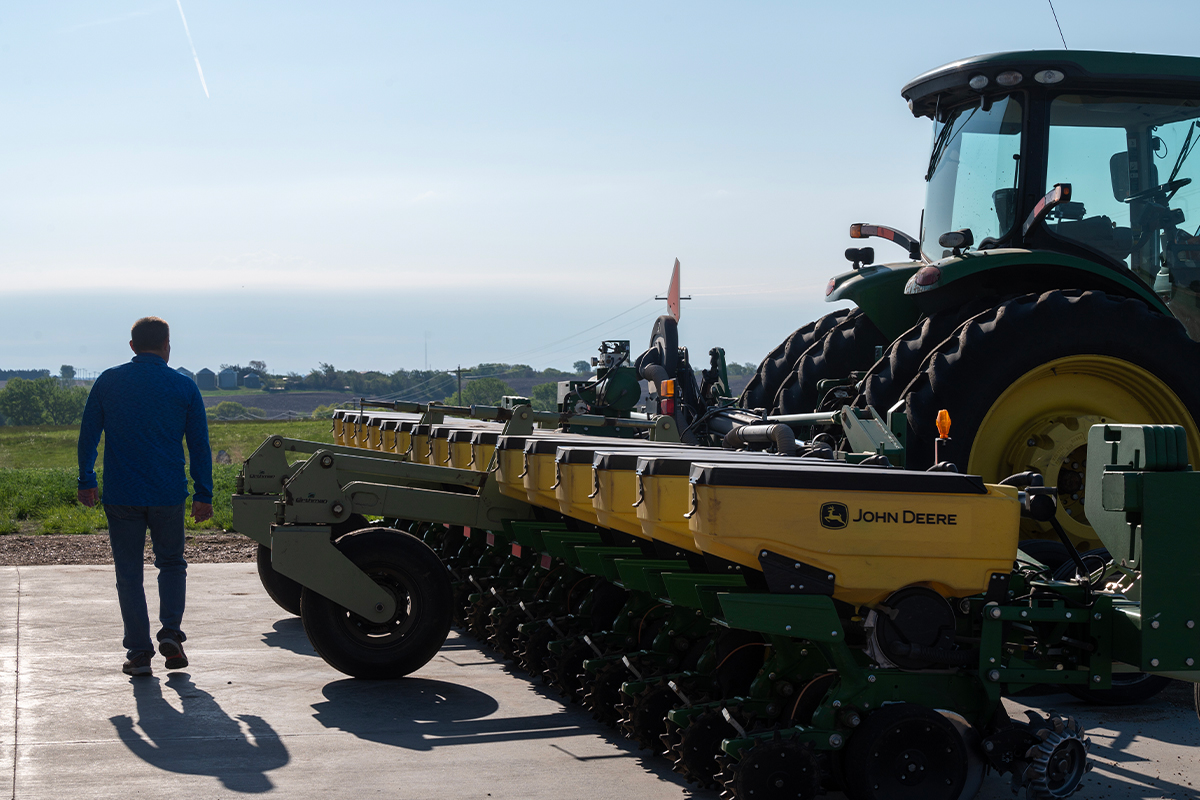Know Your SCN Numbers

Simple tests can prevent yield losses and maintain healthy fields
Soybean cyst nematode (SCN) is a serious threat to soybean production across the United States, affecting farmers in more than 30 states. With a total estimated economic loss of $1.5 billion worth of U.S. soybean production annually, an SCN-infested field can significantly impact your bottom line.
What makes SCN particularly difficult to manage is that it most often produces no visible symptoms until the field is under heavy stress. While stunted, yellow plants may be observed with severe SCN infections, yield losses occur long before symptoms are visible. However, steps can be taken to control and reduce the threat from SCN in your fields.
The only way to detect SCN in your fields is through soil sampling. SCN levels should be monitored by conducting soil tests at least once every six years. Soil samples can be collected any time the soil is not frozen, except when the soil is particularly wet or dry. Remember that SCN population can fluctuate during the growing season, so samples should be taken around the same time every six years, preferably shortly after harvest. Sampling at this time will estimate SCN populations when they are at their highest and fits well into labor schedules.
If you have a field where SCN has never been reported, sample in areas where SCN is most likely to have been introduced, such as areas where soybean yield was lower than in previous years, as well as at field entrances and along field borders and places where soil pH is greater than 7.0.
Test your soil regularly to determine if your fields are infested with SCN. Documenting whether your SCN numbers are going up, down or remaining the same is an important step in maintaining healthy fields and producing consistently high yields. Check with your state’s land-grant university for instructions on where to send your soil samples for testing.



